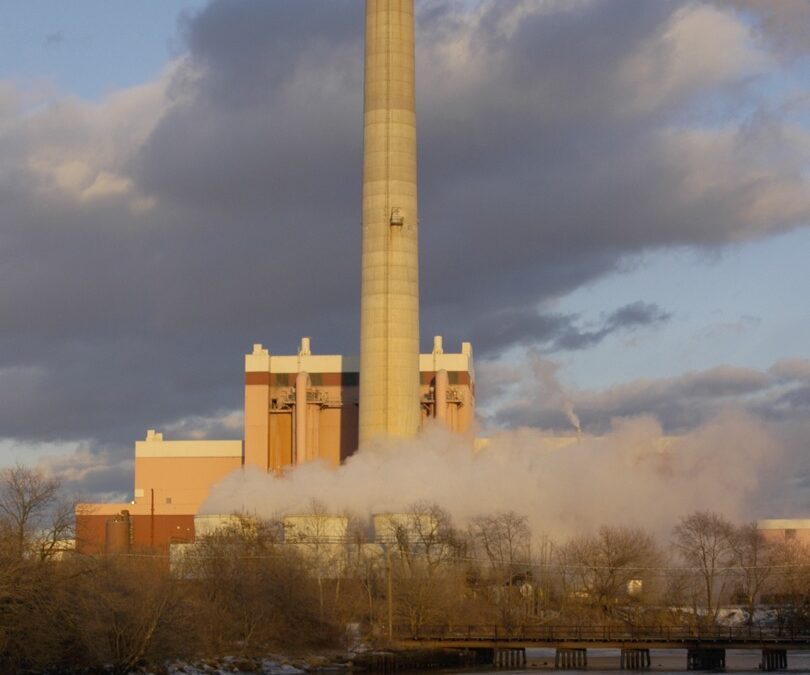Decades ago, the curbside Blue Bin program was introduced in our area to recover recyclables. And in 2010, the Green Bin program was initiated to divert organic waste from landfills, starting with single-family homes. It was extended to multi-unit buildings several years later. Sadly, only 48 % of buildings that are eligible for the Green Bin program have signed up. The city plans to onboard the remaining buildings over the next four years. Currently, around 52% of what is thrown in the regular trash could be diverted, i.e., disposed of in the Green Bin. Also, around 25% of what residents of Ottawa are putting in the regular trash could be recycled.
Investing in diversion efforts is the right thing to do! Sadly, our city council is considering options to resolve this landfill issue, including building a new landfill or incineration… Research and experience clearly indicate that waste incineration is very bad for many reasons. We will highlight just a few:
Incineration is highly polluting
Incineration involves burning and converting discarded materials, including paper, plastics, metals and food scraps into bottom ash, fly ash, combustion gases, air pollutants, wastewater, sludge and heat. Even the most technologically advanced incinerators release thousands of pollutants that contaminate our air, soil and water, harming all life forms.
Incineration has an even higher impact on low-income and marginalized communities since they are often located near incineration facilities.
Incineration is wasteful
Incineration companies market “waste-to-energy” incineration as “renewable energy”. However, incinerators are only able to make small amounts of energy while destroying large amounts of reusable materials. Waste comes from finite natural resources such as forests and metals that could be recycled back into the supply chain; unfortunately, incineration destroys their value. Incineration creates a demand for waste and discourages reusing, recycling and composting thus reducing the incentive for waste reduction, and undermining zero-waste goals.
Incineration is a burden for their host cities
In addition to harming health and the environment, the incineration industry is very costly. Incineration is the most expensive method to handle waste. Moreover, compared to the recycling industry, they offer far fewer job opportunities.
In Canada, many cities have experimented with incinerators, but the results have not met expectations. For example, the former incinerator “des Carrières” in Montreal was shut down in 1993 due to the presence of high concentrations of dioxins and furans. Similarly, in Pontiac, a municipality in the Outaouais region of Western Quebec, the mayors unanimously abandoned their initial waste incinerator project early this year due to safety concerns and environmental impacts. These examples serve as cautionary signs for Ottawa’s next move.
Waste incineration is not a sustainable method for managing our waste and solving our landfill problem. Instead of contemplating a backwards, high risk, expensive waste management method that has failed many times elsewhere around the world, let’s invest more in diversion programs. It is our duty to do it for us and for future generations and all living forms.


Appreciation and special thanks to all those who help grab the worlds attention to the serious issue of environmental pollution which lead to deterioration of living on our planet.
Thank you Hesham for your support! We appreciate it.
Thank you for this article, Aïda. With the waste management discuss in Ottawa at this time, people need to hear this!
Thank you Magda for your support. I hope that this article will be seen by many in Ottawa so if the incineration “solution” is brought up, people would be aware of the risks.